What do I put on the bottom of a raised garden bed? Expert gardeners share their advice
Find out the best thing to put on the bottom of your raised garden beds for the best growth

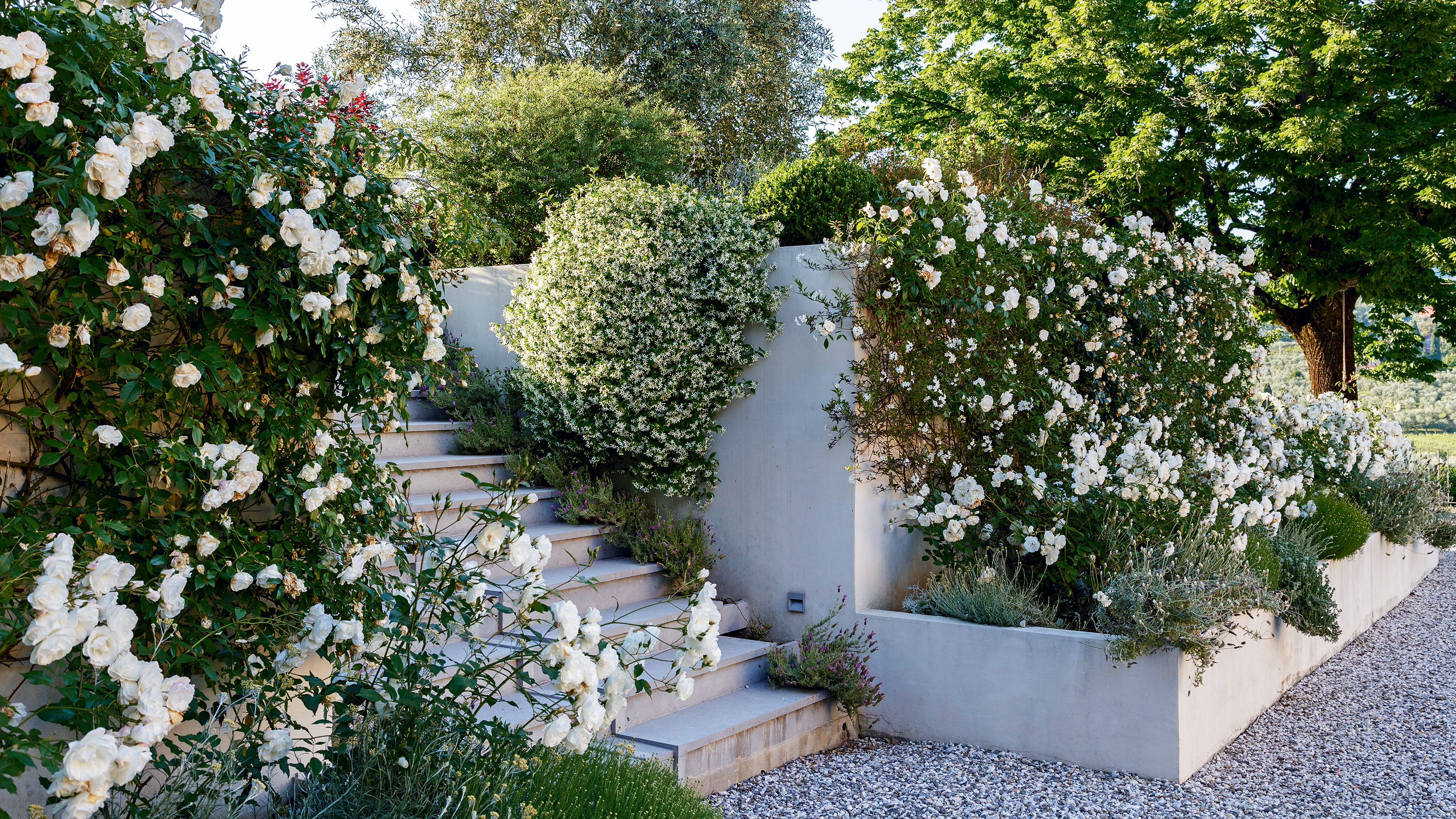
You may be wondering 'what do I put on the bottom of a raised garden bed?' if you have recently added raised bed structures to your backyard, and why it is necessary or beneficial to have a foundation.
Raised garden bed ideas offer a great planting opportunity in backyards that may have poor soil or ground to work with. Once you have gotten over how to build a raised garden bed, it is important to prepare your bed properly to avoid making raised bed gardening mistakes that could cost you your plants in the long run.
Here, we ask experts what the best materials are to put on the bottom of a raised garden bed so that you can lay the best foundations for your plants.
What do I put on the bottom of a raised garden bed?
'What you put at the bottom of your raised garden bed will come down to your personal preferences, but any material that will provide a barrier between your raised bed soil and the ground will do the trick,' explains Rachel Crow, garden editor for Homes & Gardens. 'There are a few materials, however, that work better than others at preventing weeds from growing into your beds while also allowing for natural drainage in your garden ideas.'
1. Line with cardboard or newspaper
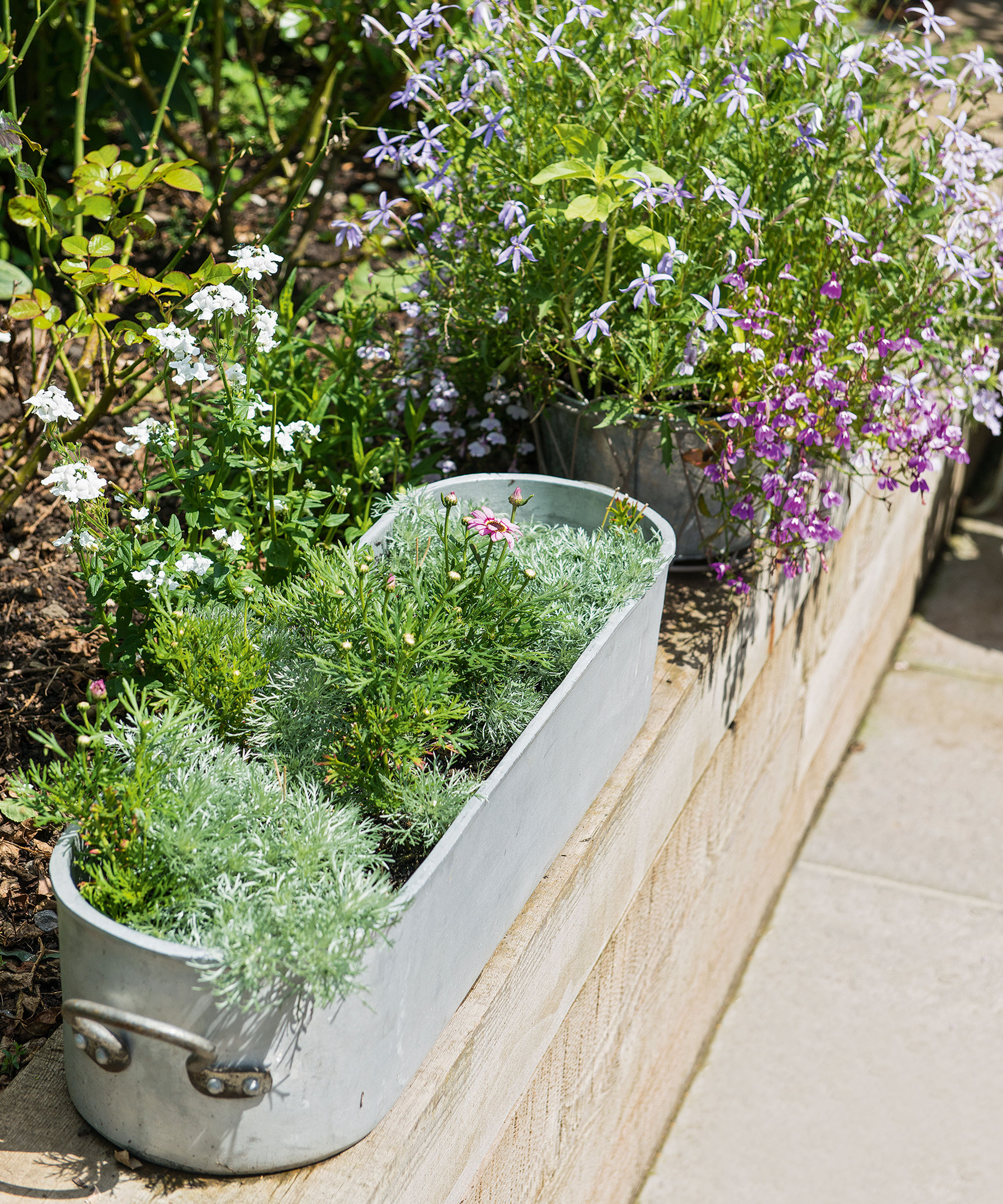
Newspaper and cardboard are cheap and relatively abundant materials to line your raised garden beds with.
'If you’re looking for something cheap that you may already have lying around your home, we recommend digging out some old newspapers, or utilizing the cardboard packaging from any recent Amazon orders you’ve made – we’re sure everyone has a few of those lying around!' says Fiona Jenkins, a gardening expert at My Job Quote.
'Newspaper or cardboard can be a great tool to keep those weeds at bay in your raised garden beds. Simply add a layer as a first step before building your beds. Or, use it as mulch towards the top of your garden beds. This will retain water and keep your shrubs hydrated,' she adds.
Design expertise in your inbox – from inspiring decorating ideas and beautiful celebrity homes to practical gardening advice and shopping round-ups.
When picking between the two for your own raised beds, you may want to consider how long you want the lining to last, with cardboard often holding out longer than newspaper before eventually decomposing.
2. Invest in landscape fabric
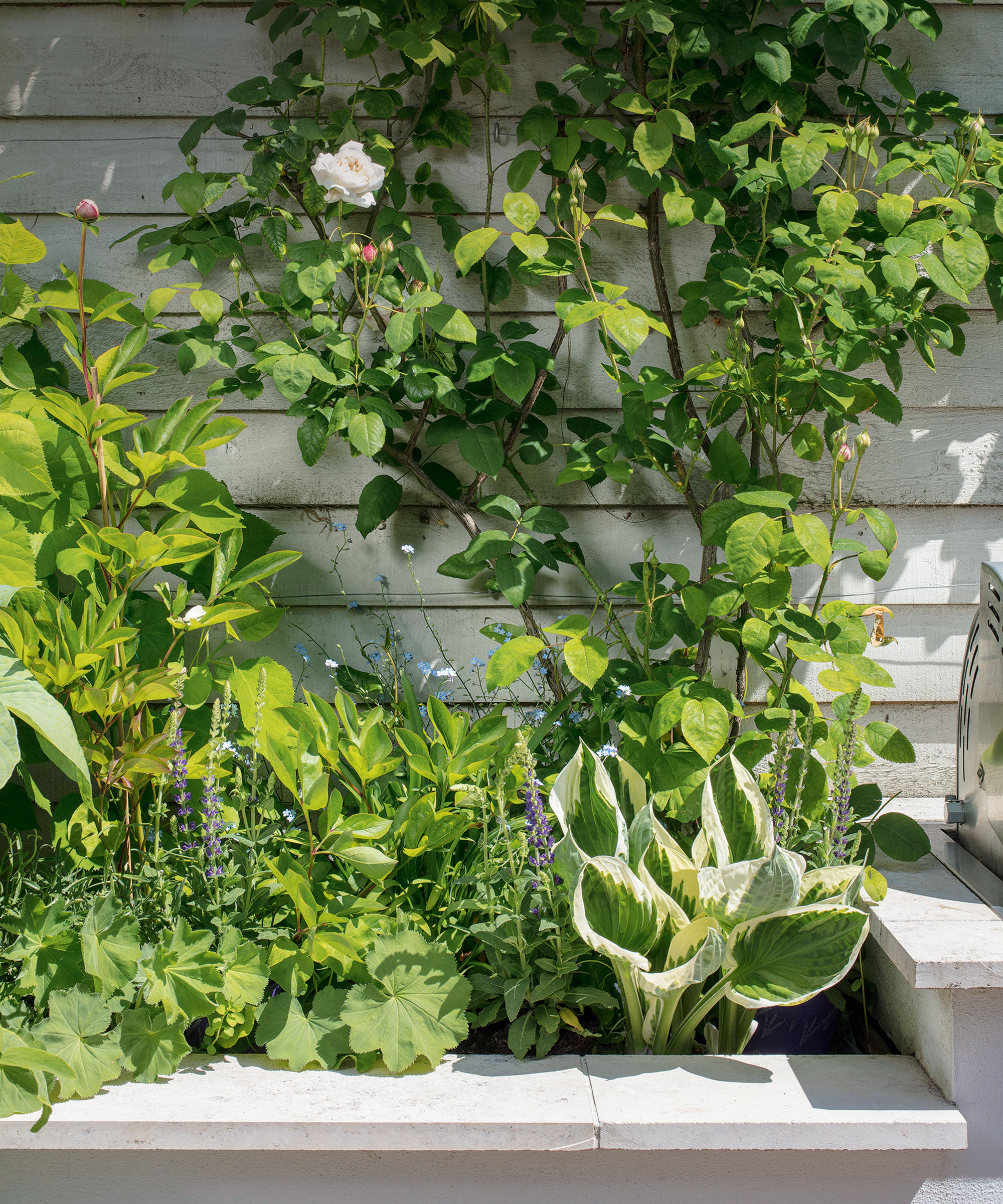
'Landscaping fabric is a great, purpose-made option for lining the bottom of your raised garden beds,' Rachel Crow says. 'It is incredibly durable and resistant to decomposition, making it a longer-lasting alternative to cardboard and newspaper if you can spend the money,' she adds.
'Landscape fabric is especially useful for gardens which are prone to excessive weed growth. It keeps those pesky weeds at bay all year round, allowing your plants to live their best lives,' Fiona Jenkins adds. 'Woven landscape fabric is the most popular weed barrier, the perfect option for flower beds. The small holes in the fabric still allow for nutrients to penetrate into the soil, whilst keeping unwanted plant growth and pests out. Landscape fabric can be purchased from any DIY and home improvement retailer.
'If you’re looking for something sturdy and reliable to keep small animals from digging up your shrubs, rat mesh (otherwise known as stainless steel gopher) is the best choice for you,' Fiona continues. 'Rat mesh can be stapled to your garden bed frame before adding soil, to prevent pests such as rats from burrowing into your beds. As told in the name, rat mesh is strong enough to prevent rats from chewing through the wire.'
Landscaping fabric is readily available on Amazon and at local garden stores, making it a great accessible option that only needs to be replaced every ten years or so.
3. Consider burlap for a fabric alternative
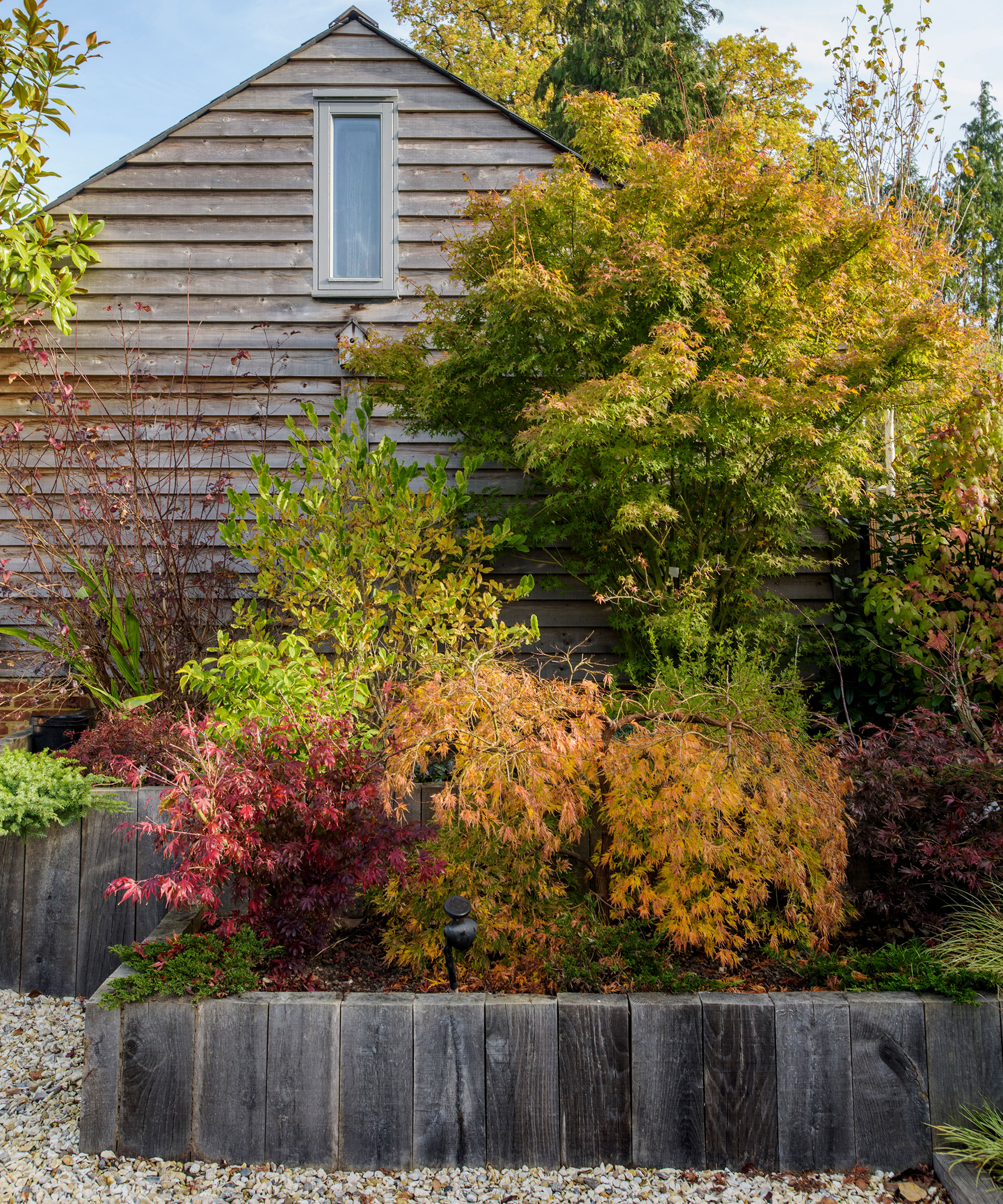
'Burlap sack is another amazing alternative to pricier materials,' says Fiona. 'You may often find burlap sacks attached to the bottom of raised garden beds in order to stunt weed growth when growing flowers, vegetables, and shrubs.
'If you’re wondering whether you may have some burlap sack laying around the home already, potato sacks are the perfect tool to use.' While it does not last quite as long as landscaping fabric, it still lasts for several years before needing to be replaced, making it a longer-lasting solution than cardboard.
Burlap is a natural material that will allow for adequate water drainage for your plants and vegetable garden ideas.
'When adding burlap to the bottom of your raised garden beds, make sure you cover it completely with soil for a raised garden bed as burlap and its frayed edges will decompose more quickly when exposed to the elements,' advises Rachel.
4. Lay stones for a last minute option
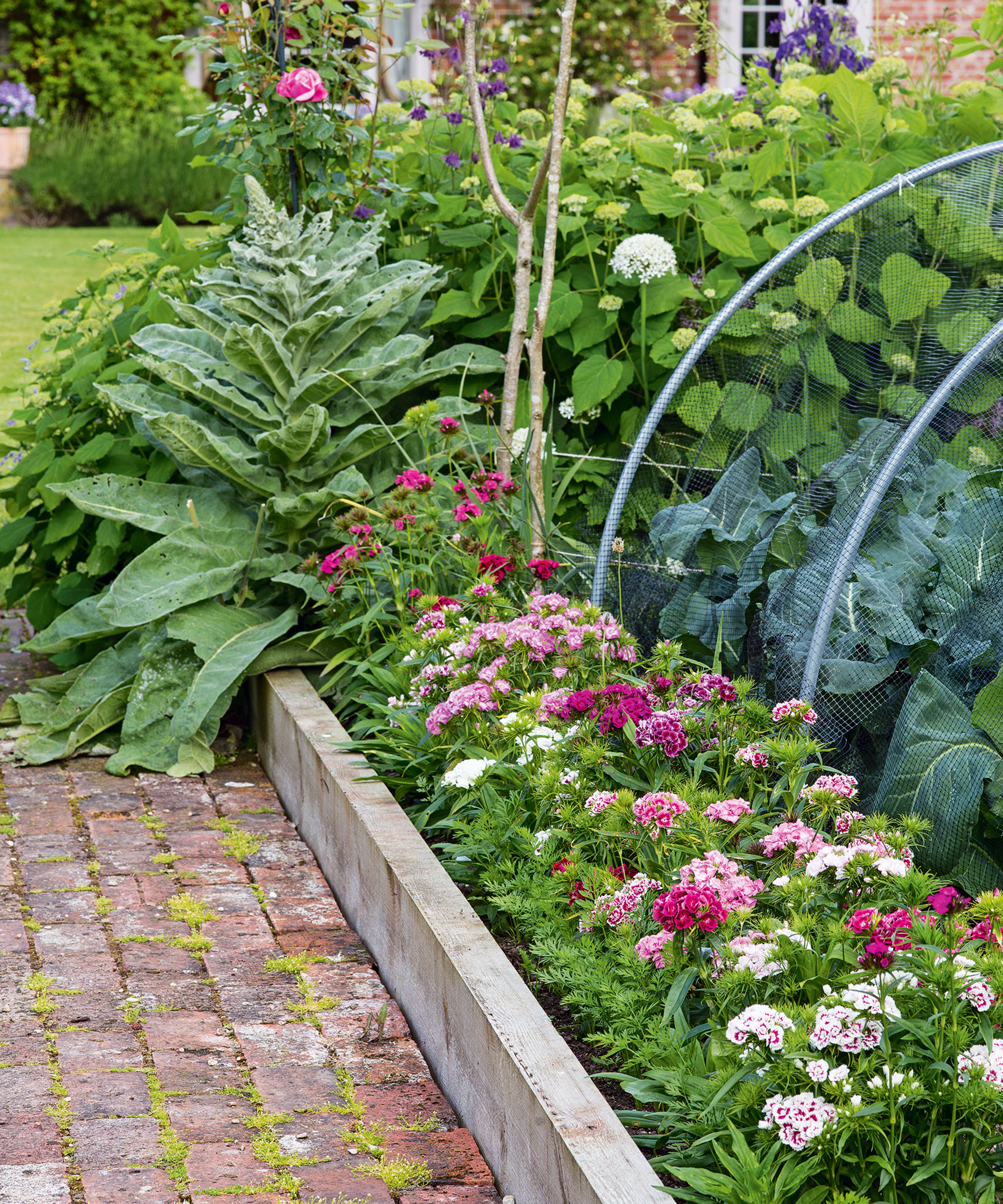
Stones are not the best option for preventing weeds from growing into your raised beds, however, they will work to add a stable, drainable base to your raised garden beds in a pinch.
You will need a large variety of stones in order the fully cover the bottom of the bed, with smaller stones and pebbles being used to fill in some of the gaps left by larger stones. Leaving some gaps is necessary, however, to allow water to drain and prevent mold, root rot, and soil fungal diseases.
5. Combat pests with hardware fabric
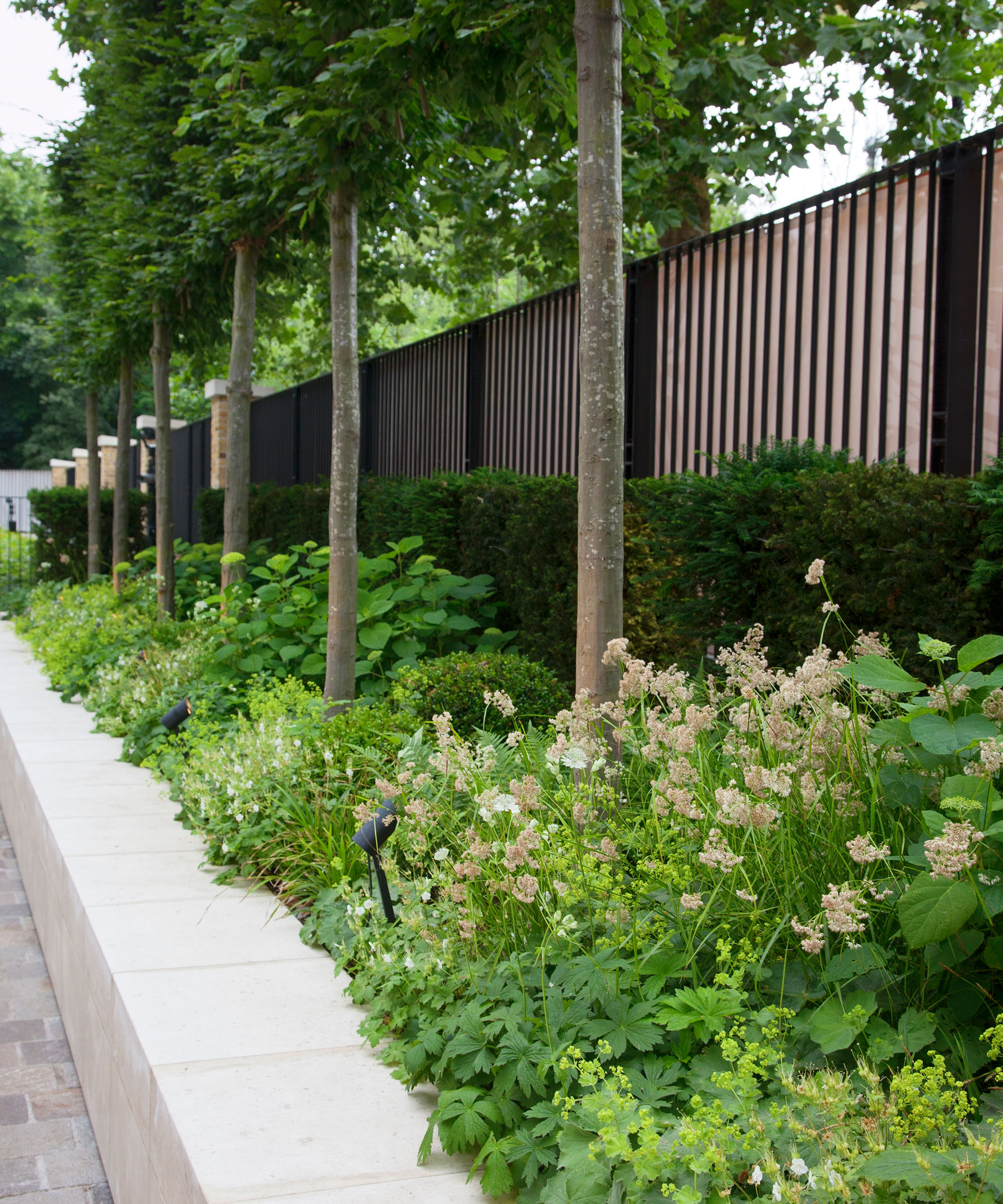
If you have more of a problem with pests and small wildlife in your garden than weeds, layering hardware fabric in the bottom of your raised garden beds is a great way to keep these small animals away from your plant's roots.
'Wide mesh hardware cloth is a great option for keeping out those pesky weeds and even any furry critters. However, the mesh still allows for the benefits of nature to reach your shrubs and keep them thriving year-round.
'Staple your mesh cloth to the bottom of your raised garden bed frame to keep it secure. Wide mesh hardware cloth is extremely durable and a fantastic investment for avid growers,' Fiona advises.
Why you should you line the bottom of your raised garden bed?
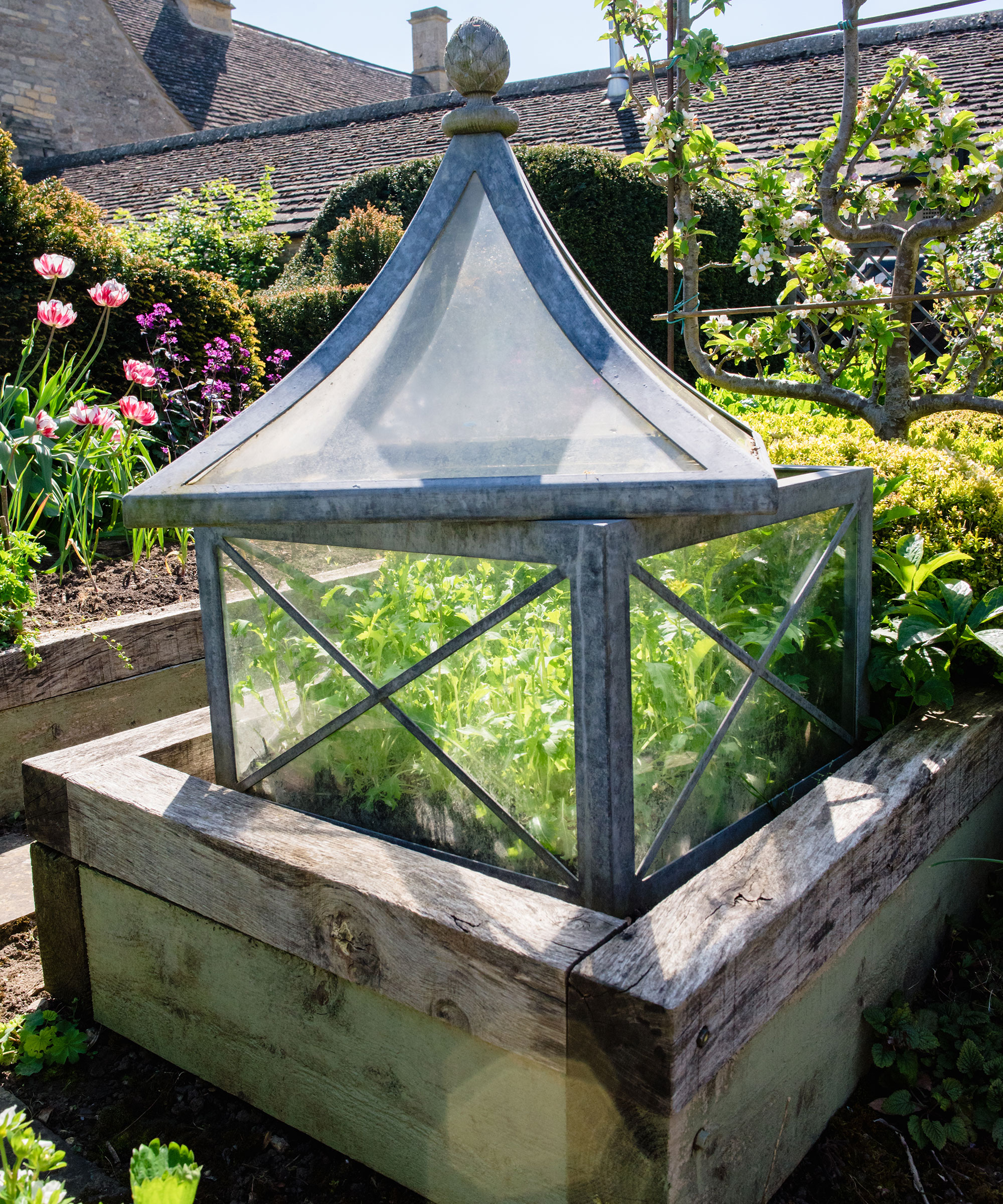
'Lining the bottom of your raised garden bed is vital to plant health and longevity,' explains Fiona. 'There are multiple reasons for lining a garden bed before adding soil. The main motives are: to protect plants from weed growth, to prevent small animals from burrowing into the beds, and to create an optimal environment for your plants to thrive.
'The material you choose will be mainly based on the objectives you wish to achieve with your garden beds. If you’re looking to keep away pesky animals, rat mesh and wide mash hardware cloth are your best bets. If your garden is prone to excessive amounts of weeds, landscape fabric is a great option. If you’re wanting to retain moisture or find a cheaper alternative to lining your raised garden beds, newspaper, cardboard, or burlap sack are your best friends!'
Leaving your raised bed unlined
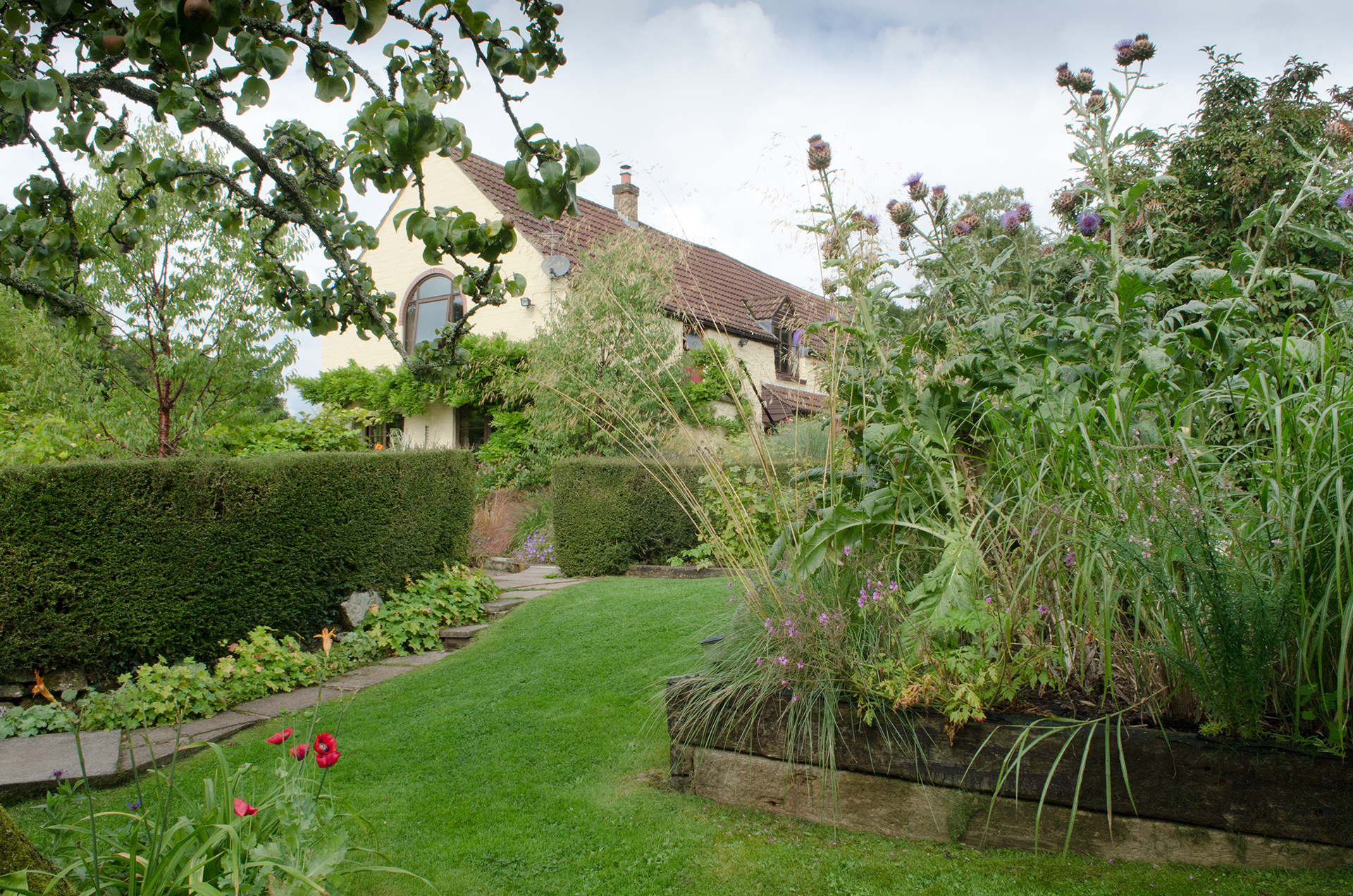
'It is possible to leave the bottom of your raised garden beds unlined if you wish, however you will not have protection against weeds and pests,' Rachel explains. 'f your garden bed is less than six inches in depth, then it is okay to not use a barrier to provide plant roots with adequate space to grow downwards. Any beds deeper than six inches should, ideally, have a layer of protection between the raised bed soil and the ground.'
Lining the bottom of a raised garden bed can also help to protect your soil from extreme temperatures and keep your soil in the bed rather than allowing it to drain out with excess water.
Should a raised bed have a bottom?
Despite lining the bottom of a raised bed, the raised bed itself should not have an enclosed bottom. Raised garden beds should be left open to the ground to allow plant roots to grow further into the ground for nutrients if needed.
How deep do raised garden beds need to be?
A raised garden bed should have a minimum of eight inches of soil to accommodate most plant root systems. If you want to give your plants the optimal growth environment, however, aim for between eight and 12 inches of soil.

Chiana has been at Homes & Gardens for two years and is our resident 'queen' of non-toxic living. She spends most of her time producing content for the Solved section of the website, helping readers get the most out of their homes through clever decluttering, cleaning, and tidying tips. She was named one of Fixr's top home improvement journalists in 2024.